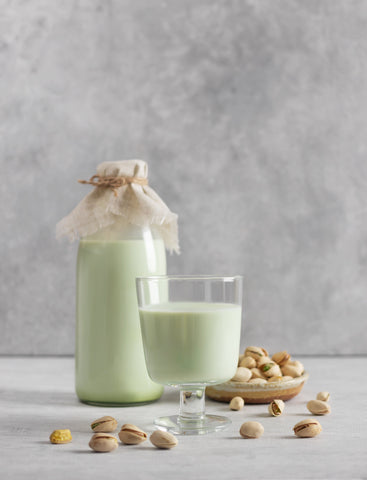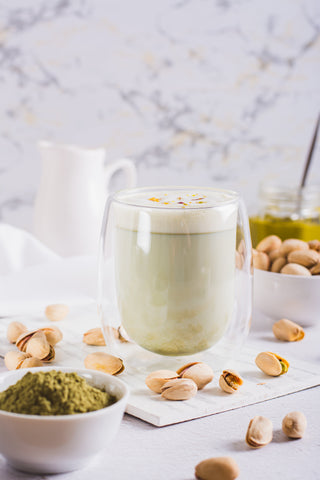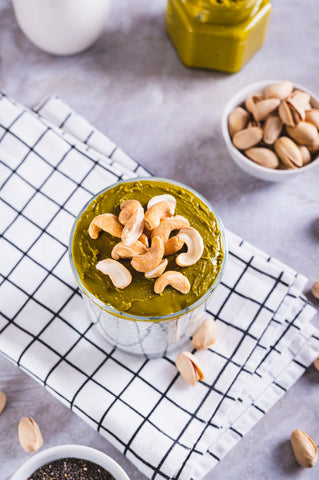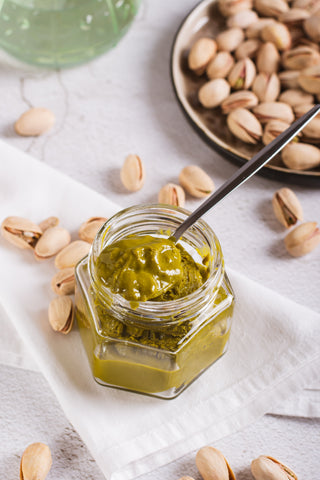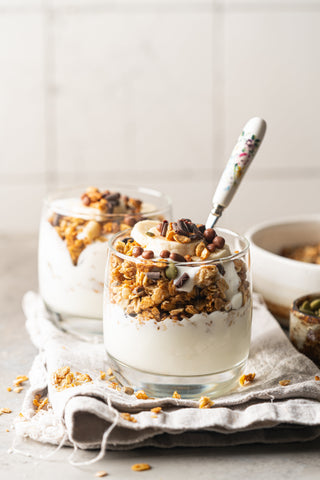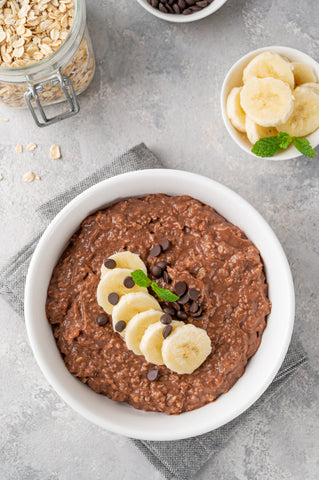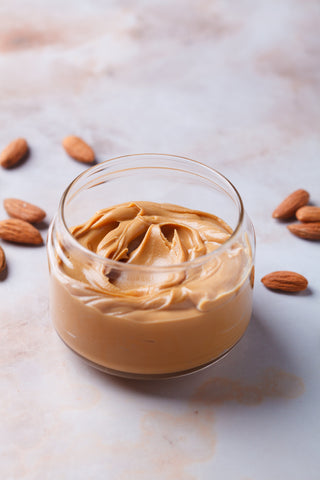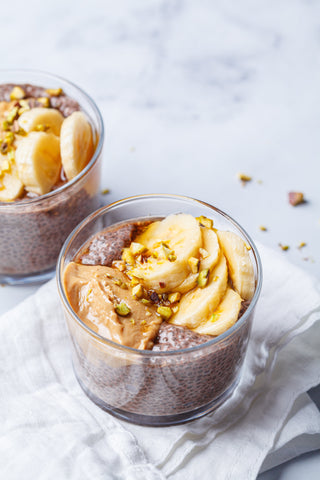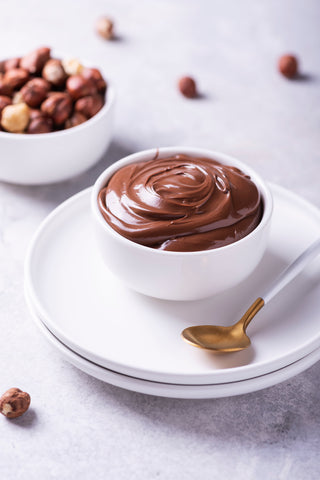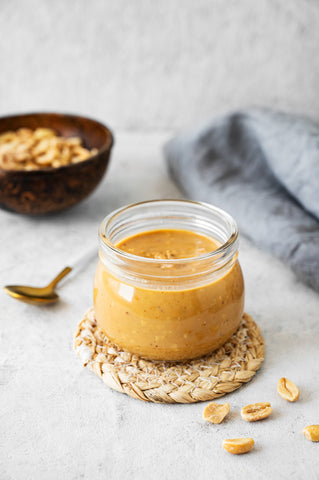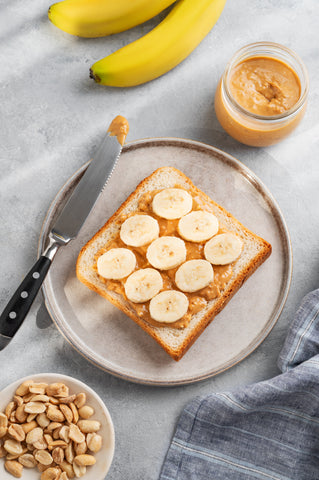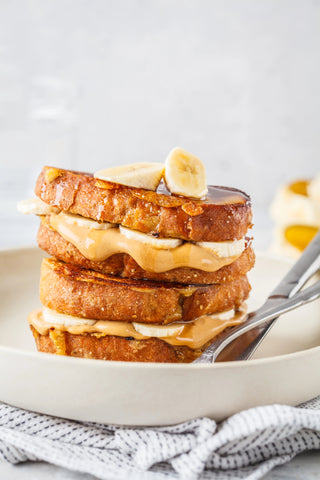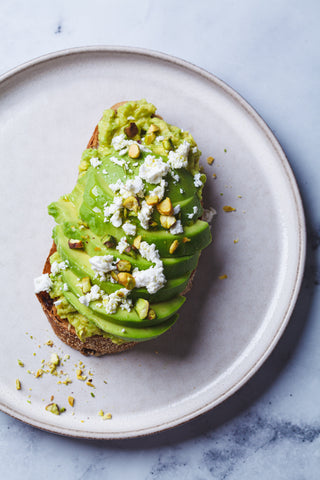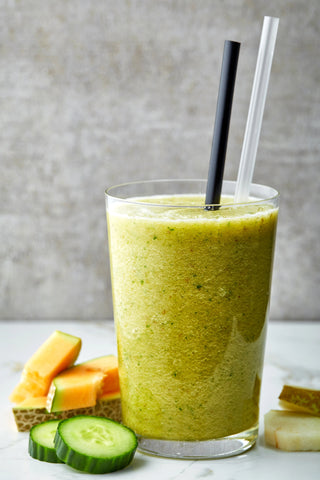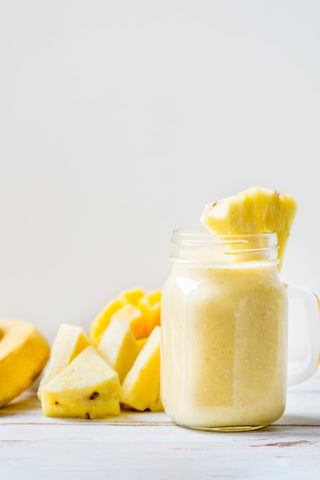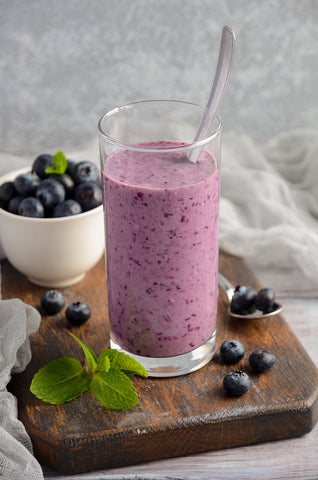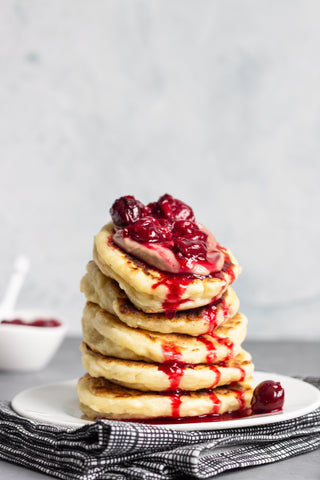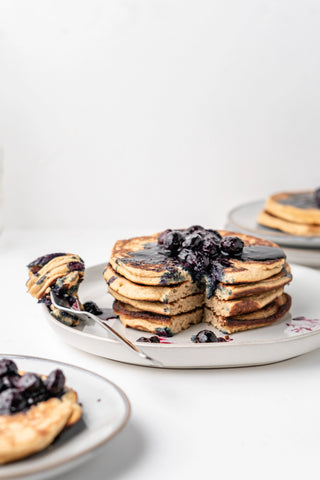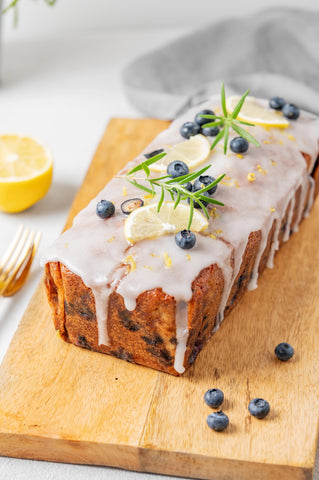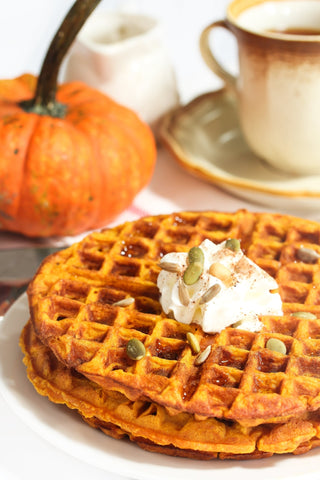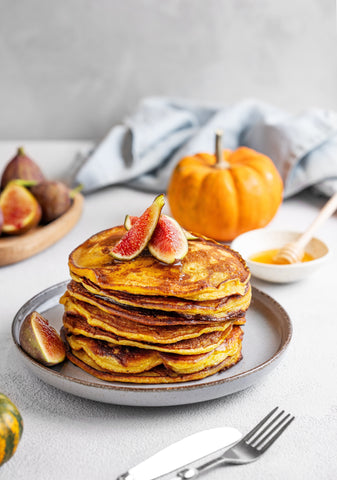
How to Prevent & Treat Clogged Milk Ducts at Home
Share
Let’s not sugarcoat it—clogged milk ducts are the worst.
One second you’re just trying to feed your baby, and the next you’re nursing through a rock-hard lump that feels like a hot bruise.
And when you’re already exhausted, the last thing you need is another pain in your chest. (Literally.)
But you’re not alone, mama. I’ve been there—more than once—and I’ve figured out what actually helps.
So here’s the real-deal guide to preventing and treating clogged ducts… without spiraling into panic mode.
What Is a Clogged Milk Duct?
Your breasts are like highways—milk ducts carry the milk to your nipple so your baby can feed. When one of those little channels gets blocked, milk backs up behind it. You’ll likely feel:
- A tender lump
- Swelling or warmth in one area
- A dull ache (or sharp pain when touched)
- Slower milk flow on that side
Clogs don’t usually come with a fever—but if they do? That might mean mastitis and you’ll want to call your provider.
How to Prevent Clogged Milk Ducts Before They Start
After a few tearful feedings and a minor meltdown (or two), I learned this: prevention is everything.
Here’s what helps:
Feed Often + Fully Empty
The more milk that builds up, the more risk of a clog. Nurse or pump on a regular schedule—and try not to skip sessions.
Switch Up Nursing Positions
Different angles = different ducts getting drained. Try side-lying, football hold, cradle—mix it up.
Check the Baby’s Latch
A shallow latch can leave milk behind. If feedings feel off, reach out to a lactation consultant. Totally worth it.
Wear Soft, Supportive Bras
Tight bras or restrictive underwire? Nope.
I wear my Bloom & Heal nursing bra every day—it’s wire-free, breathable, and doesn’t dig in where it shouldn’t.
Massage Your Breasts
Before and during nursing, gently massage in circular motions—especially near your armpits or under the lumpiest spots.
Drink Water. Then Drink More.
Hydration helps with everything—from milk flow to energy to healing. Keep a water bottle close and sip constantly.
How to Treat a Clogged Milk Duct at Home
If you’re reading this with a clogged duct right now—deep breath.
Here’s what to do (yes, it works—I’ve cleared them this way many times):
1. Warm Compress or Soak
Use a warm compress for 10–15 minutes, or lean over a sink/tub and soak your breast in warm water. It loosens the clog and soothes the area.
2. Massage + Pressure
Massage toward the nipple in small circles. It might be tender—go gentle but steady. I sometimes use an electric toothbrush for vibration!
3. Start Nursing on the Clogged Side
The baby’s strongest suck is at the beginning. Let them go to town on the clogged side first—it can help clear things up.
4. Pump After Nursing If Needed
Still feel full or lumpy after nursing? Use a pump to drain what’s left.
5. Try Lecithin (With Your Provider’s OK)
Lecithin can make your milk less sticky. I take a sunflower lecithin capsule daily when I’m feeling clog-prone—but always ask your provider first.
When to Call a Doctor
Sometimes, home remedies aren’t enough. Reach out to your provider immediately if:
- The lump doesn’t go away after 2–3 days
- You develop a fever or chills
- Your breast becomes red, hot, or streaked
- You feel body aches like the flu
These could be signs of mastitis, which needs medical care—possibly antibiotics.
💗 A Note From A Healing Mom
Tight bands and underwire are basically clog traps in disguise.
The last thing your healing breasts need is restriction or friction.
That’s why I live in my Bloom & Heal bras postpartum.
They’re soft, wire-free, and give just enough support to hold everything in place—without blocking milk flow or irritating sore spots.
Because comfort is care.
Breastfeeding is beautiful, yes—but also messy and painful and overwhelming.
And it’s okay to say, “This part is hard.”
You are not failing because you have a clogged duct.
You are not alone if you feel tears welling up during a painful feed.
You’re a mom doing her absolute best—and that’s more than enough.
✨ Want more tips on breastfeeding, healing, and motherhood realness? Visit the Bloom & Heal blog and let’s get through this, together.
FAQs
Q: What does a clogged milk duct feel like?
A: It usually feels like a firm, sore lump in one breast. It might be warm, painful to the touch, and tender during feedings.
Q: How can I unclog a milk duct fast?
A: Use warm compresses, massage, nurse or pump frequently (especially on the affected side), and stay hydrated. Starting feeds on the clogged side helps.
Q: Can a tight bra cause a clogged duct?
A: Yes—tight clothing or underwire can restrict milk flow and contribute to clogs. Choose soft, wireless bras like Bloom & Heal’s maternity options.
Q: Should I continue breastfeeding with a clogged duct?
A: Yes! Nursing helps clear the clog. Avoiding feeds can worsen the blockage. Just be gentle and start with the affected side.
Q: What happens if I ignore a clogged duct?
A: It could turn into mastitis—a painful breast infection that often requires antibiotics. Treat clogged ducts early to prevent escalation.
Q: Does lecithin really help with clogs?
A: Many moms find it helpful, especially with recurring clogs. It can make milk less sticky. Ask your provider before starting supplements.






